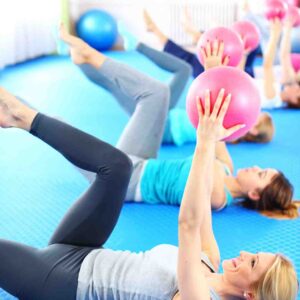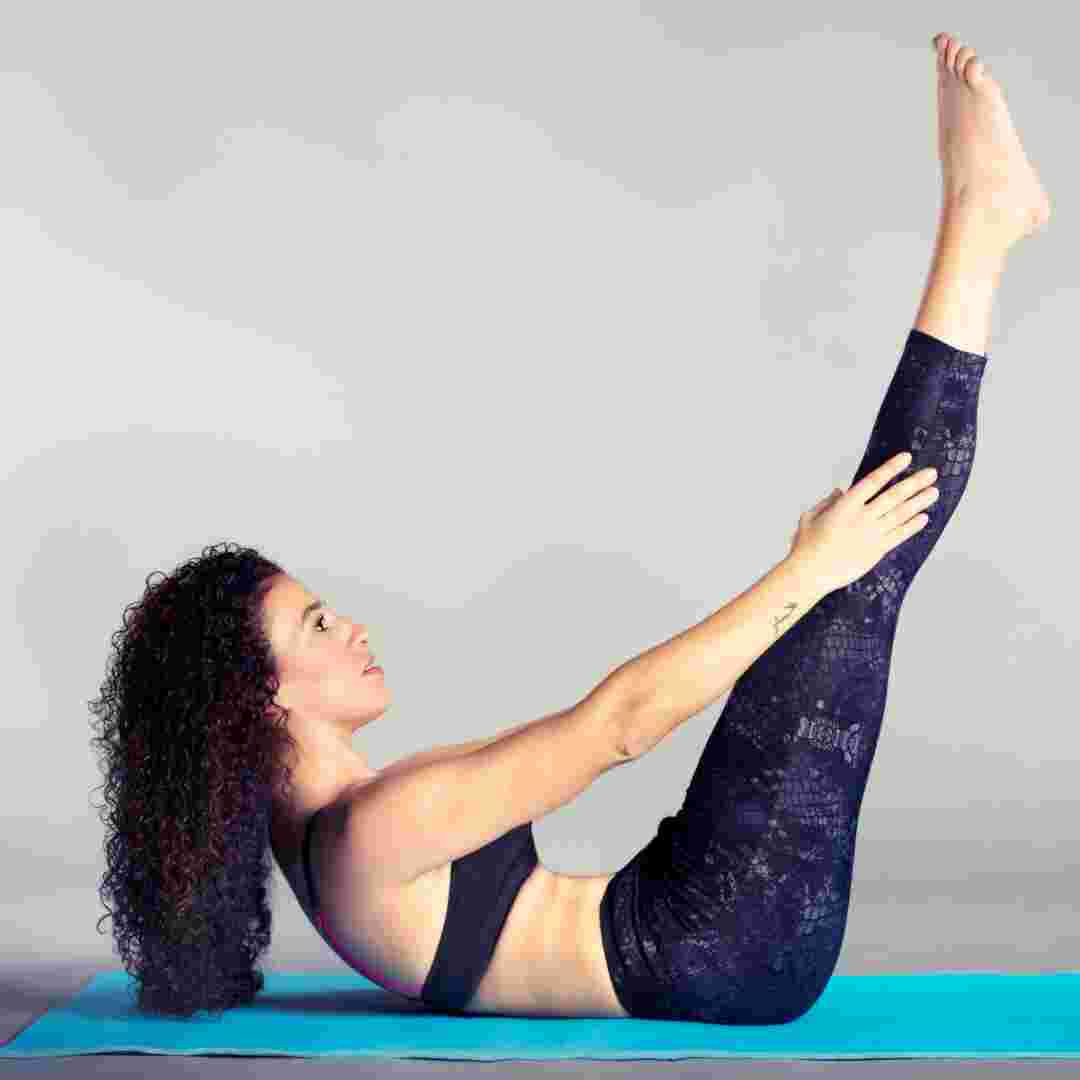Table of Contents
Introduction
Pilates advantages over Yoga
Yoga vs. Pilates
Pilates or Yoga?
Q&A
Conclusion
Pilates strengthens the core while yoga relaxes and stretches.
Introduction
Pilates and yoga are popular exercises for flexibility, strength, and balance. The two practises are comparable but distinct. This article contrasts Pilates and yoga.
Pilates advantages over Yoga
Pilates and yoga have been popular for decades. Both practises are comparable but unique. Yoga incorporates physical postures, breathing, and meditation, whereas Pilates is a low-impact core-strengthening workout. This article compares Pilates to yoga.
Pilates improves posture. Pilates strengthens spine-supporting muscles, making you taller and more assured. For those who sit a lot or have tight muscles, yoga postures focus on stretching and flexibility.
Pilates also builds lean muscle mass. Pilates targets abdominal, glutes, and thighs. These muscles can strengthen and tone your physique. However, yoga emphasises flexibility and balance, which can help prevent injuries and enhance range of motion.
Pilates also boosts fitness. Pilates is demanding yet low-impact, making it easier on your joints than running or leaping. Pilates is a terrific way to get fit without overworking your body. Yoga, especially Ashtanga or Power Yoga, is more intensive.
Pilates improves balance and coordination. Pilates requires balance, which improves coordination and stability. This can help fall-prone older folks. Yoga emphasises flexibility and relaxation above balance and coordination.
Finally, Pilates reduces stress and boosts mental health. Slow, regulated Pilates exercises help you focus on your breath and cleanse your mind. This can help anxiety and depression sufferers. Yoga, like Pilates, promotes mental wellness, but it emphasises meditation and relaxation.
Pilates and yoga are fantastic exercises with many benefits. Both practises are comparable but unique. Pilates improves posture, lean muscular mass, fitness, balance, coordination, and stress. Pilates is a great low-impact core-strengthening exercise.
Yoga vs. Pilates
Pilates and yoga have grown in popularity recently. Both practises promote flexibility, strength, and well-being. Despite their similarities, the two practises differ in important ways.
Origin distinguishes Pilates from yoga. Yoga is a centuries-old Indian practise. This spiritual practise unites mind, body, and spirit. Joseph Pilates created Pilates in the early 20th century. It was created as a World War I military rehabilitation programme.
Focus distinguishes Pilates from yoga. Yoga aims for inner tranquilly. It incorporates meditation, breathing exercises, and postures to calm the mind and relieve stress. Pilates builds strength, flexibility, and endurance. Controlled movements target specific muscle groups.
Yoga and Pilates are practised differently. A teacher leads a yoga class through postures and breathing techniques. Each yoga style has its own poses and methods. Pilates is usually done with a trainer or in a small group. Mats or Cadillacs are used for the workouts.
Pilates and yoga employ distinct movements too. Yoga requires stretching and long holds. It incorporates plenty of twisting and bending to promote flexibility and mobility. Pilates, meanwhile, uses regulated movements to increase strength and endurance. Slow and methodical exercises focus on form and alignment.
Equipment distinguishes Pilates from yoga. Pilates uses reformers, Cadillacs, and Wunda chairs, while yoga uses only a mat. These machines give resistance and support, making workouts harder and more effective.
Pilates and yoga have several health benefits. Yoga reduces stress, improves flexibility, and promotes well-being. It also improves cardiovascular health and lowers the risk of diabetes and heart disease. Pilates improves core strength, posture, and balance. It reduces back discomfort and boosts performance.
In conclusion, Pilates and yoga are comparable but different. Pilates builds strength, flexibility, and endurance, while yoga seeks inner peace and harmony. Different movements, equipment, and methods are used. Pilates or yoga depends on personal preference and fitness goals.
Pilates or Yoga?
Pilates and yoga have grown in popularity recently. Both practises promote flexibility, strength, and well-being. Despite their similarities, the two practises differ in important ways.
Origin distinguishes Pilates from yoga. Yoga is a centuries-old Indian practise. Through meditation, breathing, and physical postures, it unites the mind, body, and spirit. Joseph Pilates created Pilates in the early 20th century. It was created as a World War I military rehabilitation programme.
Focus distinguishes Pilates from yoga. Both develop flexibility, strength, and balance, but in distinct ways. Pilates strengthens core muscles and improves posture through regulated movements, while yoga stretches and lengthens muscles.
Pilates uses the reformer, Cadillac, and Wunda chair. These machines sustain and resist activity with springs and pulleys. Yoga only needs a yoga mat and can be done anywhere.
Pilates is usually harder than yoga. Pilates requires concentration and focus. Depending on the style, yoga might be more soothing.
Pilates and yoga differ greatly in breathing. Yoga breathing calms the mind and connects the body. Pilates uses breathing to activate the core and assist the motions.
Which practise suits you? You decide. Yoga is a spiritual practise that connects the mind, body, and spirit. Pilates is a more severe core-strengthening activity that improves posture.
Pilates and yoga have several health benefits. Adding these practises to your fitness programme can improve your health and well-being.

Q&A
1. What distinguishes Pilates from yoga?
Yoga emphasises relaxation, whereas Pilates strengthens core muscles and posture.
2. Is Pilates yoga?
Joseph Pilates invented Pilates in the early 20th century.
3. Yoga or Pilates for weight loss?
Pilates may build muscle and increase metabolism better than yoga, but yoga can relieve stress and promote well-being.
Conclusion
Yoga and Pilates improve balance, flexibility, and strength. However, there are significant distinctions. Yoga promotes flexibility and relaxation, while Pilates builds core strength. Pilates is done on a mat or with specialised equipment, while yoga can be done standing or on a mat. Yoga is utilised for stress release and relaxation, whereas Pilates is used for rehabilitation and injury prevention. Pilates and yoga have similarities but different goals and methods.


